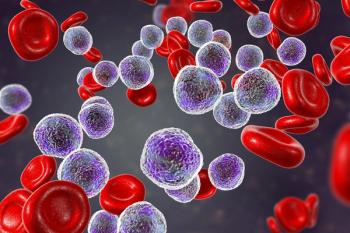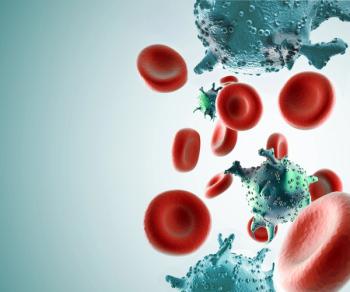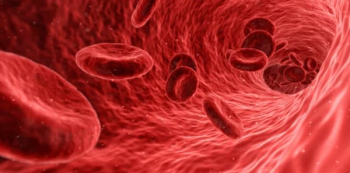
Oncology NEWS International
- Oncology NEWS International Vol 17 No 7
- Volume 17
- Issue 7
Risk Factors for Mantle Cell Lymphoma Identified
An analysis of 2,459 mantle cell lymphoma patients diagnosed from 1992 (when the disease was first recognized as a separate type of lymphoma) to 2004 showed that men were more than twice as likely to be diagnosed as women, Caucasians had the highest risk of all ethnic groups, and people aged 70 to 79 were more likely to be diagnosed than all other age groups (Cancer, published online July 7, 2008, DOI: 10.1002/cncr.23608).
An analysis of 2,459 mantle cell lymphoma patients diagnosed from 1992 (when the disease was first recognized as a separate type of lymphoma) to 2004 showed that men were more than twice as likely to be diagnosed as women, Caucasians had the highest risk of all ethnic groups, and people aged 70 to 79 were more likely to be diagnosed than all other age groups (Cancer, published online July 7, 2008, DOI: 10.1002/cncr.23608). Michael Wang, MD, of M.D. Anderson Cancer Center and colleagues also found that the incidence rates have risen steadily over time: from 2.7 diagnoses per 1 million people in 1992 to 6.9 per 1 million in 2004.
Articles in this issue
over 17 years ago
National Cancer Survivors Dayover 17 years ago
New Indication for Velcade in Previously Untreated Myelomaover 17 years ago
RAS Mutations Enhance Chemotherapy in AMLover 17 years ago
Antidiabetic Agent Metformin May Boost pCRs in Breast Caover 17 years ago
Eisai Seeks Full FDA Approval for Ontak for CTCLover 17 years ago
Symptom Screen Plus CA125 Detects Early Ovarian Caover 17 years ago
Cisplatin Linked to Cardiac Complications in Testicular Ca Patientsover 17 years ago
Updated X-ACT Study Results Presentedover 17 years ago
ThromboGenics and BioInvent Announce Alliance with Rocheover 17 years ago
Gene Signature Identifies Low-Risk Patients in MAGE-A3 TrialNewsletter
Stay up to date on recent advances in the multidisciplinary approach to cancer.


















































































